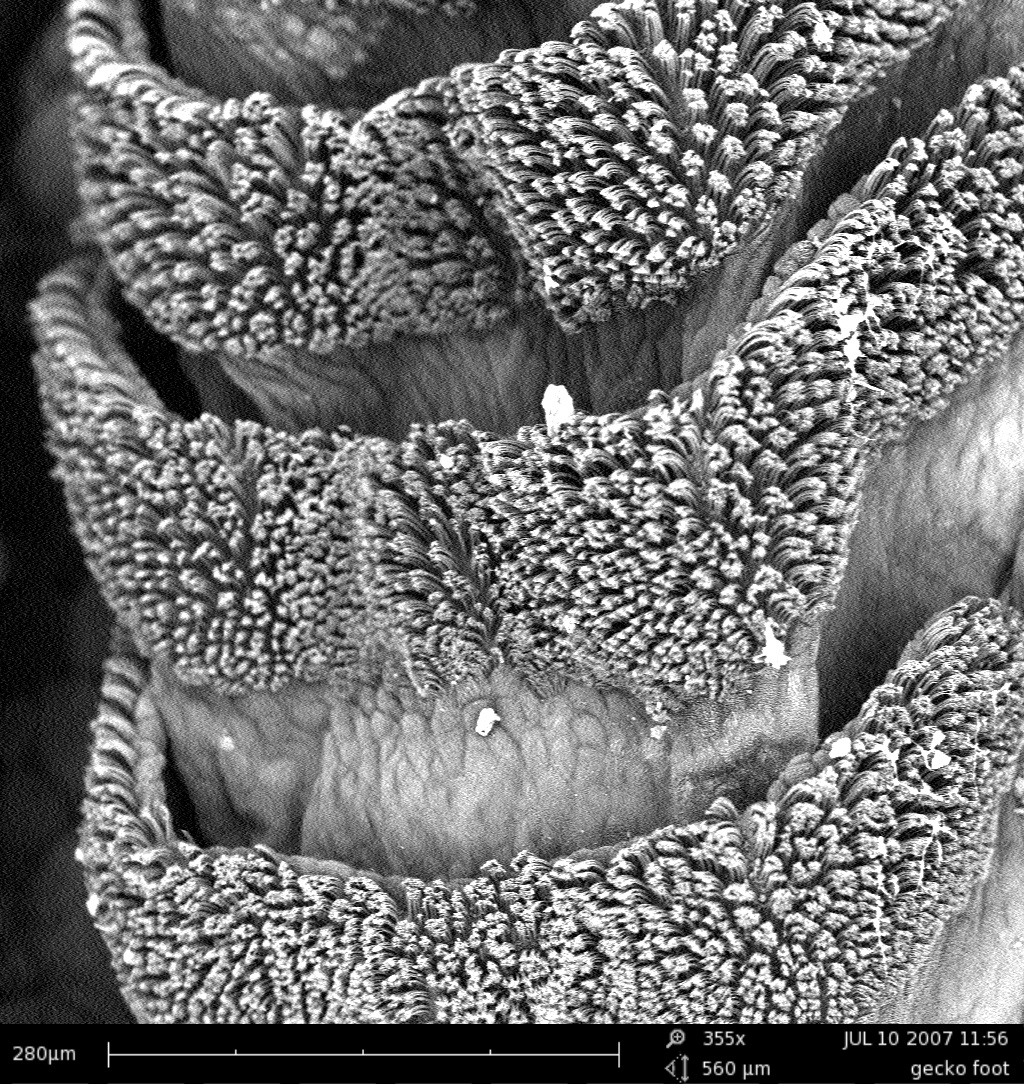Following on from our March episode of Musings on the subject of solving the riddle that is the Universe, I once again find myself eating humble pie. Perhaps a better metaphor is biting the dust as researchers on the BICEP2 collaboration, who cautiously announced the discovery of gravitational waves in March, have had to admit the possibility that their findings were nothing but dust.
All the way back in March the BICEP2 telescope in the South Pole were overjoyed at apparently detecting light from the Big Bang that had tell-tale signs of gravitational waves. These ripples in the cosmic underpants of space-time were apparently signs that the theory of Inflation was a bloody good idea after all and there should be Nobel prizes all round.
The theory of inflation is the idea that in the first instants after the big bang there was a rapid expansion of the entire universe that was faster than the speed of light. Like a shockwave this expansion would have caused the fabric of space and time to ripple out, bending and twisting the light that was finally spat out as the universe spread out. This ‘polarisation’ of the light is what BICEP2 thought it had detected and obviously there were cocktails all round.
 |
| Polarisation of light as seen by BICEP2. But does this show gravitational wave – or has dust got in the way? |
This discovery would provide a lovely description of why everything is where it is now, sort out our view of particle physics and generally speaking give us the last edge bit in the puzzle of the universe. Unfortunately the universe can also be what some would call ‘a right bastard’.
Something else that can twist or ‘polarise’ light in an interesting way is dust that spread across our galaxy and others a bit like a giant mesh. Originally it was thought that the effects of our Milky Way’s dust on light from the big bang wouldn’t be large enough to cause the results detected by BICEP2. However, new preliminary findings from the Planck telescope that has been patiently scanning the cosmos since 2009, show that the impact of dust in our galaxy might be greater than previously thought. So much so that the gravitational wave findings might be nothing but a big dusty disappointment.
Let us not be dismayed just yet however. If there is one thing this latest news can remind us of, it is that the world of science and technology is an inherently uncertain thing that needs to be treated with care and respect. The minute hardcore science nerds get hold of a potential breakthrough they take to their podcasts and shout out that the world is all figured out now, job done, hooray. This is not the nature of science and it never will be, but by God it can make some exciting headlines.
Hopes remain that the original discovery is still valid and I for one have my fingers crossed. For now at least it is back to crunching numbers, collecting data and arguing over low quality coffee - science at its finest.
For more information and some cracking links around this story head over to Nature for a full scoop with all the trimmings.







